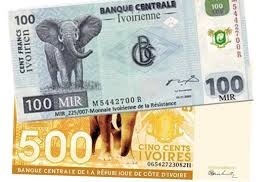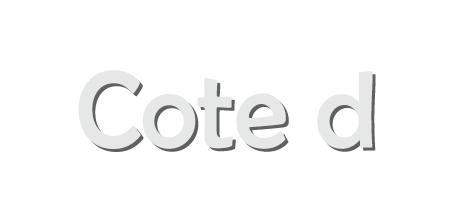
The scenic portrait of Cote d’Ivoire stretches from the historical crafts to nature’s bounty to mesmerizing waterfalls and the ancient buildings. Formerly known as Ivory Coast, the country is now officially called the Republic of Cote d’Ivoire and is nestled in the western parts of the Sub–Saharan region of West Africa. The colourful, lively, enchanting and boasted as one of the most successful economies of West Africa, Cote d’Ivoire signifies the prosperity associated with its name. The modernity of its city Abidjan (known as the Paris of West Africa) combined with the traditions and cultural values and the pristine natural beauty of its beaches and parks enhances the charm of the country. When visiting Cote d’Ivoire, you can see one of the last remaining tropical forests or simply bask on the beaches of the coastal towns. Let us learn more about Cote D’Ivoire.
Located in Western Africa, Cote d’Ivoire borders the North Atlantic Ocean and lies between Ghana and Liberia. It shares its boundaries with Burkina Faso (545 km), Guinea (816 km), Ghana (720 km), Liberia (778 km) and Mali (599 km). Out of its total area of 322, 463 sq. km, land occupies about 318,004 sq. km whereas the area occupied by water is about 4,460 sq. km. It lies between the geographic coordinates 8°N latitude and 5°W longitude. Stretching a coastline of about 515 km, it is slightly larger than New Mexico and comparatively, ranks 69th in the world.
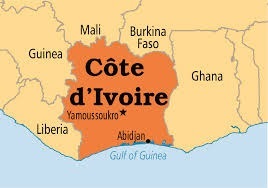
Cote d’Ivoire enjoys a tropical climate along its coastal areas and semi–arid conditions in the far north. There are three seasons, warm and dry from November–March, hot and dry from March–May and hot and wet from June–October. The terrain is mostly flat to undulating plains and mountainous in the northwest region. The lowest point of elevation is Gulf of Guinea at 0 m while the highest point is Monts Nimba at 1,752 m. The available natural resources are petroleum, natural gas, diamonds, manganese, iron ore, cobalt, bauxite, copper, gold, nickel, tantalum, silica sand, clay, cocoa beans, coffee, palm oil and hydropower. Natural hazards such as flooding during the rainy season are possible and the coast has heavy surf and no natural harbours. Large–scale deforestation, water pollution from sewage and industrial and agricultural wastes are the environmental issues of the country.
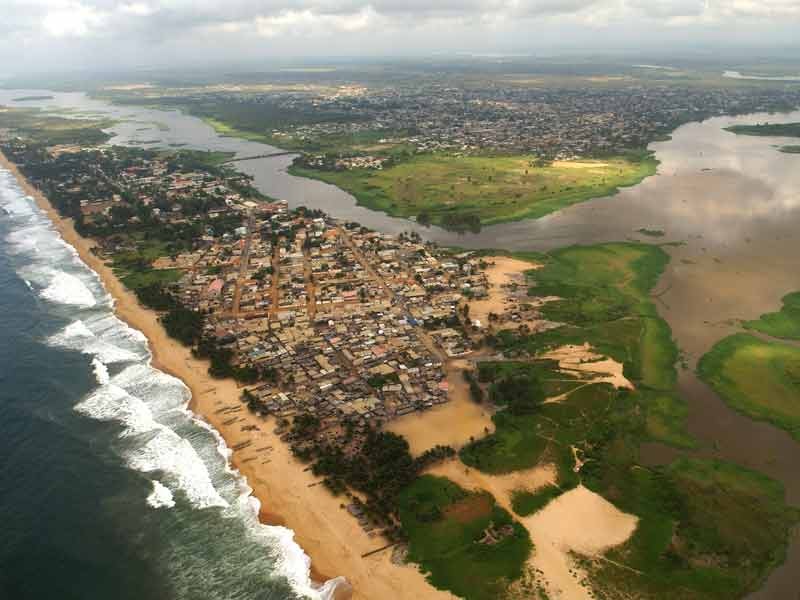
Vegetation of Cote d’Ivoire in the rainforest region are mostly shrubs whereas further in the north, trees such as mahogany and deciduous are found and oil palm, acacia, bread fruit and baobab also grow along with shea nut and traveller’s palm. The fauna includes jackal, hyena, panther, elephant, hippopotamus and monkeys. Reptiles such as crocodiles, chameleons, venomous serpents and pythons and insects such as spiders and scorpions are found here. Indigenous birds include herons, parrots, turtle doves, cranes, vultures and pigeons. Mammals such as the African bush elephant, reedbuck, hyraxes, tenrecs, moles, primates, hedgehog, mongoose and bats and marine mammals such as whales and dolphins are also found in its territorial waters.
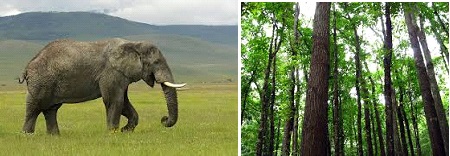
The growing economy of Cote d’Ivoire has improved the living standards of some of the citizens. Employment, consumer goods and recreational activities are signs of status. In rural areas, labour is divided between men and women where men do the harvesting of cash crops while women plant vegetables, do household work, care for the family, spin and weave and produce handicrafts and pottery to sell. Men hold important civic as well as religious posts. Marriages here are usually combining the two families to create a new household. Legal marriageable age is 16 years for girls and 18 years for boys. Polygamy though abolished, continues in the rural areas and in the ethnic groups. Extended family is the basic unit and men are regarded as the power head of the household. Inheritance is based on patrilineage or matrilineage, depending upon the region. The Ivoirians are relaxed and polite and always greet each other and inquire about their well being and family. Men shake hands with one another while women kiss three times on the cheeks, alternating the sides. Staring and eye contact is avoided and giving of gifts is customary.
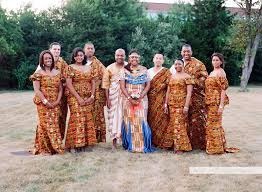
The official language of Cote d’Ivoire is French. However, Dioula is the most widely spoken dialect among the 60 native dialects. About 38.6% of the population is Muslim, followed by Christians (about 32.8%) and there are small minority groups following indigenous beliefs.
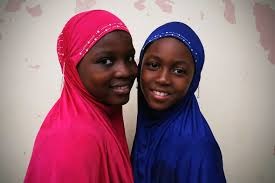
The Cote d’Ivoire meal consists of millet, maize and rice and tubers such as yam and cassava accompanied by peas, beans, peanuts, small quantities of vegetables, oils, spices and proteins in the form of meat or fish. Women prepare grains by grinding them in a large wooden bowl with long wooden pestles. Meals are generally cooked outdoors either in a ceramic or metal pots placed on stone hearth. Popular dishes consist of rice with a pepper–flavoured peanut sauce found in northern savannah whereas fish and fried plantain are served in the coastal regions. The national dish is foutou which is a thick paste of mashed plantains or yam and is eaten by a spicy sauce or stew made of fish or meat. Gari, made from dried and grated cassava is a much preferred food. The most popular culinary treat is ‘maquis’ which is made from braised chicken or fish, onion and tomatoes. Ivoirian food is spicy and is eaten with hands. The favourite drink of most of the Ivoirians in the villages includes palm wine and home–brewed beer. Feasting and drinking is common during the Coming of age ceremonies, religious ceremonies and memorial services for the deceased.
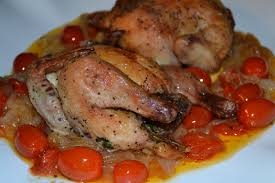
Cote d’Ivoire is largely dependent on agriculture and related activities which engages a majority of the population. Recently, Cote d’Ivoire has experienced a boom in foreign investment and economic growth. Its agricultural products are coffee, cocoa beans, bananas, palm kernels, corn, rice, cassava (manioc, tapioca) sweet potatoes, sugar, cotton, rubber and timber. Industries which contribute to development include foodstuffs, beverages, wood products, oil refining, gold mining, truck and bus assembly, textiles, fertilizer, building materials and electricity. Cote d’Ivoire exports cocoa, coffee, timber, petroleum, cotton, bananas, pineapples, palm oil and fish to Ghana, Netherlands, Nigeria, US, Germany, Gabon, France and Belgium whereas it imports fuel, capital equipment and foodstuffs from Nigeria, France, China and the Bahamas.
